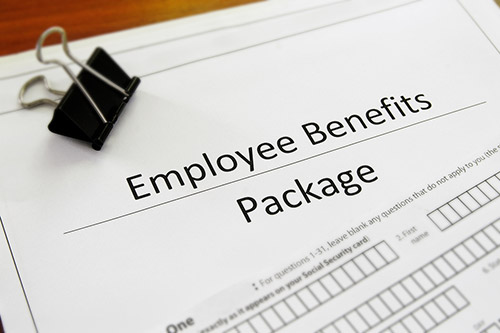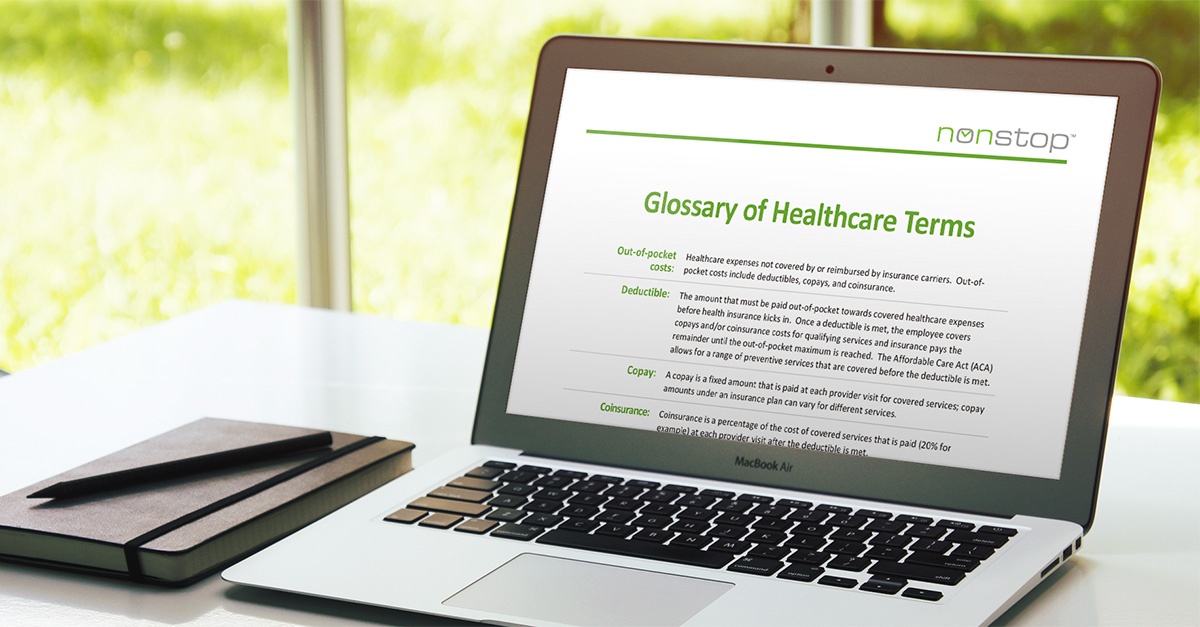Six Questions to Ask Healthcare Brokers During Renewal Season
Healthcare brokers are the eyes and ears into the ever-changing healthcare market, and what potential new options might be on the table for an organization. As such, nonprofits must have a broker relationship that meets the unique needs of the organization. Even if you’re happy with your existing representation, it’s worth taking a step back and at least talking with other brokers to see if they have a different approach that may be a better fit for your group.
.png?width=1501&name=Nonstop_Logo-22-Horizontal%20(2).png)





![[Image credit: Bloomberg]](https://assets.sourcemedia.com/dims4/default/76b1696/2147483647/resize/680x%3E/quality/90/?url=https%3A%2F%2Fassets.sourcemedia.com%2F39%2F64%2F4065892e4fb6b3a48b7cb56766ac%2Fhealthcare.Enrollment.Bloomberg.jpg)






